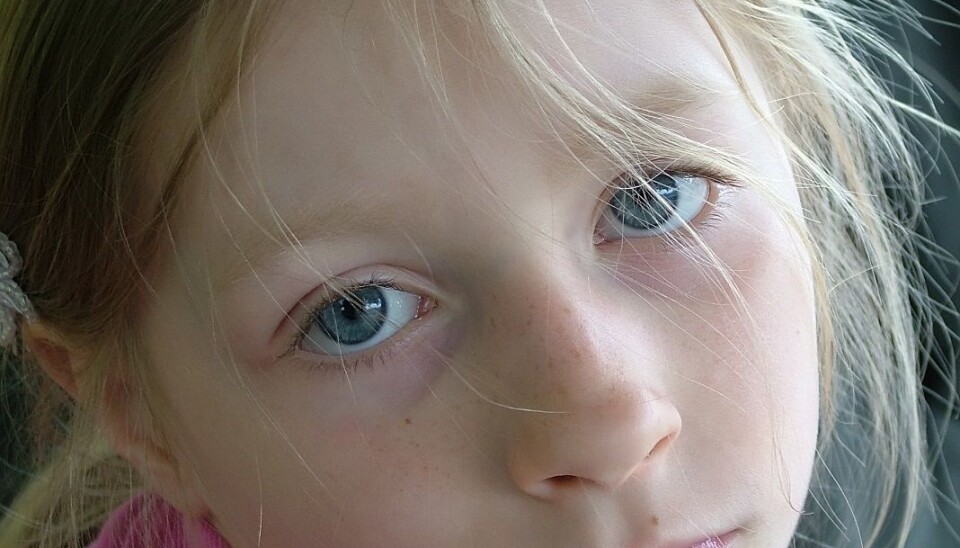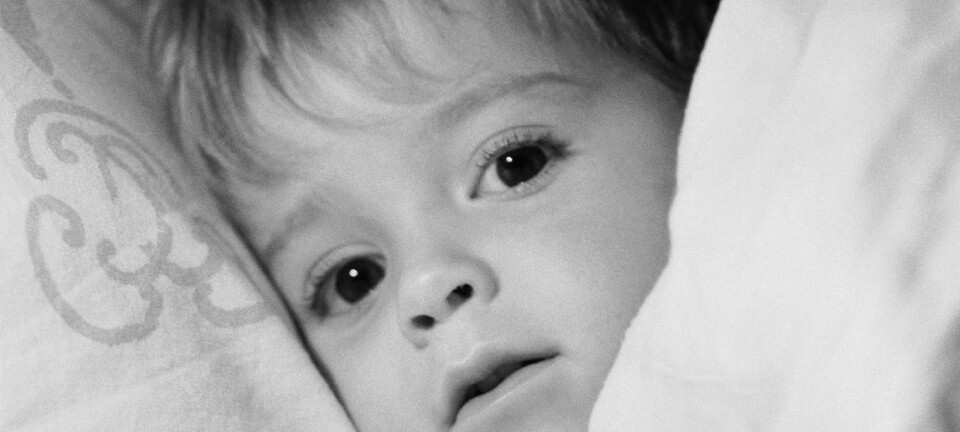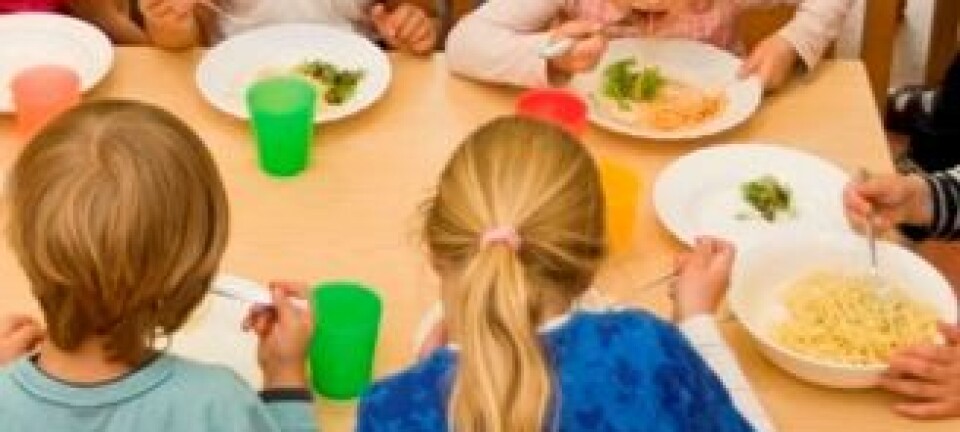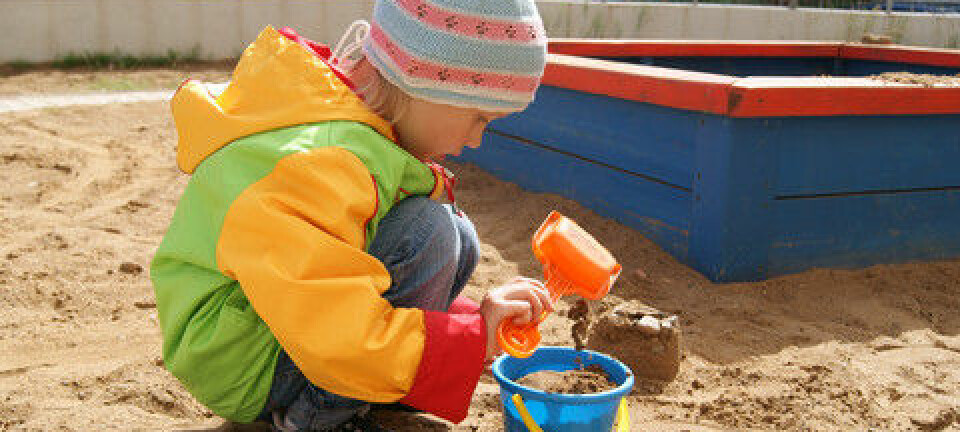
Identifying the most vulnerable children in out-of-home care
Close ties with adults are essential for a healthy development for young children. Now, for the first time, statistical research identifies children in out-of-home care that have a particular risk of lacking stable adult contact in their first years of life.
Children in care can have a wide variety of tragic backgrounds, but common to them all is that they are taken away from their biological parents at an early age.
Without close relationships with other people who can provide care for them, the consequences can be fatal.
Research has repeatedly shown that children who lack stable adult relationships in the first years of their lives have an increased risk of:
• Becoming criminal as adults
• Experiencing psychosocial problems
• Becoming unemployed, and
• Not getting an education.
One of the things I look at in my thesis is children who return to care after being reunified with their parents. This is important to document because when children experience a frequently changing care environment, they have a greater risk of lacking stable relations to adults, and that can have some very unfortunate consequences.
“It’s important to ensure stability in the lives of children in care, because stable relationships are an important factor in whether they will develop in a healthy and sensible way,” says Mads Bonde Ubbesen of Aarhus University’s Department of Economics and Business – The TrygFonden Centre for Research into Well-Being among Children and Young People.
Using data from Danish national and municipal registration systems, Uggesen has found evidence that out of all Danish children in out-of-home care, it is especially those with parents who are mentally ill or drug addicts who risk ending up with insufficiently stable bonds to carers in their first years of life.
This is the first time that a register-based study focuses on the stability of children in care in their first years of life.
More placements, more instability
In his PhD thesis 'The Danish Child Protection System in Light of Register-Based Research', Ubbesen outlines the types of children in care that are particularly at risk of lacking the crucial adult care in their first years of life.
This was done by collecting statistics of the characteristics of children aged three or below who were placed in care during the 1990s, and by looking at how many times each of the children were placed in care.
The hypothesis was that children who were repeatedly taken into care before their fifth birthday have a greater risk of getting an unstable start to their lives than those who were only placed in care once.
“One of the things I look at in my thesis is children who return to care after being reunified with their parents,” says the researcher.
“This is important to document because when children experience a frequently changing care environment, they have a greater risk of lacking stable relations to adults, and that can have some very unfortunate consequences.”
Children of mentally ill parents are particularly vulnerable
According to the register data used in the study, it is especially young children with mentally ill parents that are moved from one care environment to another.
Children who were born into a home with two biological parents where one or both parents suffered from mental problem were up to twice as likely to return to care, compared to children in care who had other problems in their luggage. Registered abuse of alcohol and drugs was included in the statistics as a mental illness.
“This really is something we need to focus on: whether or not the parents had a history of mental illness did not have an effect on the duration of the children’s care placement. But mental problems and substance abuse did have an effect on the children’s risk of returning to care after reunification with the parents,” says Ubbesen.
--------------------
Read the Danish version of this article at videnskab.dk
Scientific links
- The Danish Child Protection System in Light of Register-Based Research
- "The transition from in-home services to out-of-home care: A Danish register-based study", Science Direct (2013), DOI: 10.1016
- "Temporal stability of entries and predictors for entry into out-of-home care before the third birthday: A Danish population-based study of entries from 1981 to 2008", Science Direct









